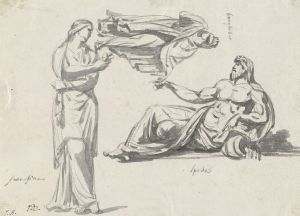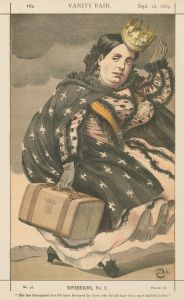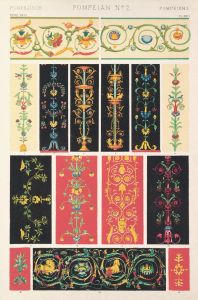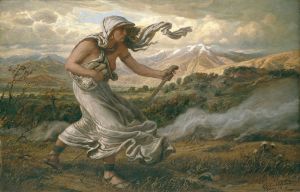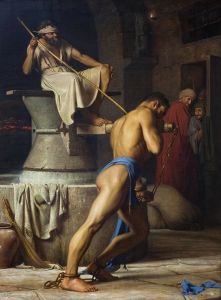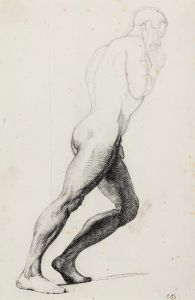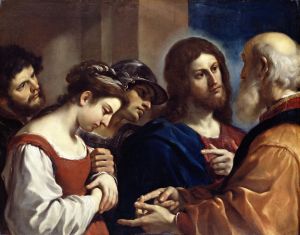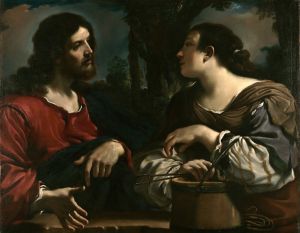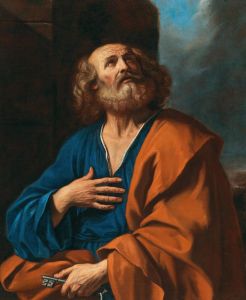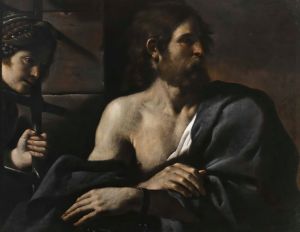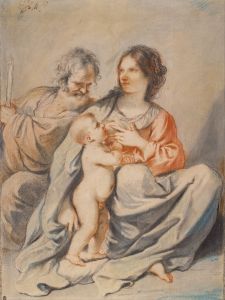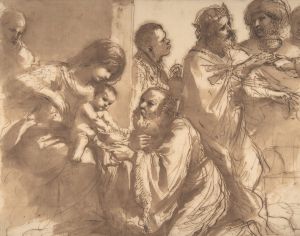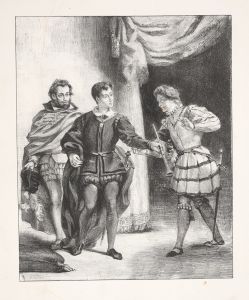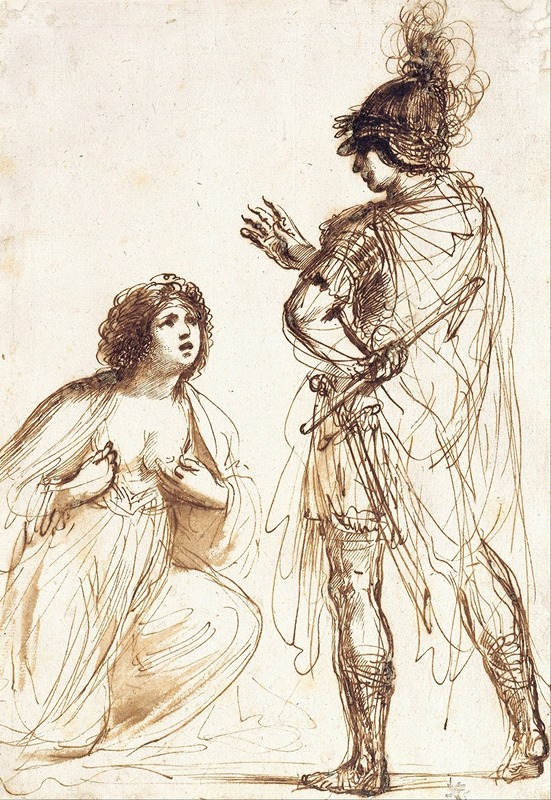
Cleopatra and Octavian
A hand-painted replica of Guercino’s masterpiece Cleopatra and Octavian, meticulously crafted by professional artists to capture the true essence of the original. Each piece is created with museum-quality canvas and rare mineral pigments, carefully painted by experienced artists with delicate brushstrokes and rich, layered colors to perfectly recreate the texture of the original artwork. Unlike machine-printed reproductions, this hand-painted version brings the painting to life, infused with the artist’s emotions and skill in every stroke. Whether for personal collection or home decoration, it instantly elevates the artistic atmosphere of any space.
"Cleopatra and Octavian" is a painting by the Italian Baroque artist Giovanni Francesco Barbieri, commonly known as Guercino. The artwork is believed to have been created in 1640 and is an example of Guercino's mature style, characterized by his use of dramatic chiaroscuro and emotional intensity. The painting depicts a historical moment involving Cleopatra, the last active ruler of the Ptolemaic Kingdom of Egypt, and Octavian, who later became Augustus, the first Roman Emperor.
The scene portrayed in the painting is based on events following the defeat of Cleopatra and Mark Antony at the Battle of Actium in 31 BCE. After their defeat, Cleopatra and Antony retreated to Egypt, where they ultimately met their demise. Octavian, having emerged victorious, entered Egypt to consolidate his power. According to historical accounts, Cleopatra attempted to negotiate with Octavian to preserve her kingdom and her life. However, Octavian was determined to bring Egypt under Roman control and refused her pleas. Cleopatra ultimately chose to end her life, reportedly by allowing herself to be bitten by an asp, rather than face humiliation as a captive in Rome.
Guercino's painting captures the tension and drama of this historical encounter. Cleopatra is often depicted as a figure of dignity and defiance, while Octavian is shown as composed and resolute, reflecting his role as a calculating and pragmatic leader. The composition and use of light in the painting emphasize the emotional gravity of the moment, a hallmark of Guercino's Baroque style.
The painting is notable for its historical and artistic significance, as it reflects both the political dynamics of the ancient world and the Baroque era's fascination with dramatic storytelling. "Cleopatra and Octavian" is housed in the National Museum of Fine Arts in Valletta, Malta, where it remains an important part of the museum's collection.
This artwork is a testament to Guercino's ability to bring historical events to life through his mastery of composition, light, and emotion. It continues to be studied and appreciated for its artistic merit and its portrayal of a pivotal moment in ancient history.





